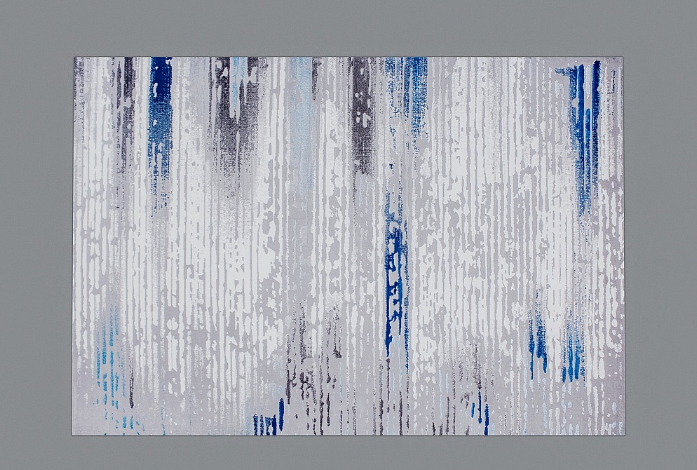What Are The Steps Involved In Installing Commercial Carpet Tiles
There is a wide variety of flooring available for commercial spaces, but nothing beats carpet tiles. Recent years have seen the development of commercial carpet tiles, which have surpassed traditional carpet in terms of their versatility and portability. The installation of carpet tiles is much simpler than the installation of traditional carpet. Because of this, it is favored in both commercial and even residential settings. When installing commercial carpet tiles, there are a few rules that one must stick to in order to avoid any problems. By not employing professional installation services, one can save a significant amount of money. The procedure is straightforward, but you will need to pay close attention to detail if you want a flawless and attractive floor. The instructions for installing commercial carpet tiles are provided in the following guide.
Commercial Carpet Installation Guide:
When you are purchasing the tiles, check that they are all the same color, shade, and size and that they are all consistent with one another. In order for the carpet tiles to acclimate to the temperature of the room, it is essential that they remain in the room at all times. The humidity level must never drop below thirty percent because doing so can result in spaces forming between the tiles. Carpet tiles can be installed over any surface that does not require the use of wax, including hardwood, laminate, and vinyl flooring. Be sure that the surface of the concrete is properly sealed if the floor is made of concrete. It is necessary to clean the surface in great detail. For the carpet installation to be successful, every speck of dust and dirt must be removed. Use a damp cloth to remove any spots or stains that you find. Before beginning your procedure, make sure the surface has had sufficient time to dry completely.
When you first begin, choose a pattern to follow. You have the option of having a straight board or a checker board. In order to create a checker board pattern, you will need to rotate every other tile through 90 degrees. Take the length of each side of the wall and divide it by 2, then add those numbers together. This will tell you where the middle of each wall is located. Take a tile, determine its length and then locate the point that is exactly halfway along the tile. Place the tile close to the wall in such a way that its midpoint coincides with the midpoint of the wall. This will ensure that the tile looks balanced. Make a mark on both ends of the tile that are contacting the wall. It is necessary to repeat this process for each of the walls. Now draw lines that extend from one wall to the opposite wall where you had previously marked the ends of the tile. Two lines that are parallel to one another should be drawn across the room between the two walls. You will find that you have a cross hair at the end.
Put a tile in the middle, where all of the lines converge to form a space that can accommodate the tile. You can now begin laying your tiles from this point forward, which serves as your starting point. You should install the first row of tiles without using any adhesive so that you can adjust the ends of the tiles after installation. The final tile that will go up against the wall needs to be the same length as the tile that will go up against the opposite wall. Make necessary modifications in response.
If the tiles have an adhesive backing, you can simply peel off the backing and stick them down. Alternately, you could use a roller to spread adhesive over a section of the floor, and then carefully adhere the tiles to the adhesive once it has dried. It is recommended that tiling be started in one quadrant at a time so that it is simpler to move around. You can cut the tile to fit around doors, vents, or irregular corners by using a utility knife and a carpenter's square. This will allow you to work more efficiently. After you have finished installing the flooring throughout the entire room, roll it over with a dry roller to ensure that all of the seams are seamless. Remove any excess glue from the floor by rubbing it with a damp cloth, then wait for it to dry.
Before allowing foot traffic on the floor, give it at least five to seven days to fully recover. Take pleasure in your brand new commercial carpet floor installation!
